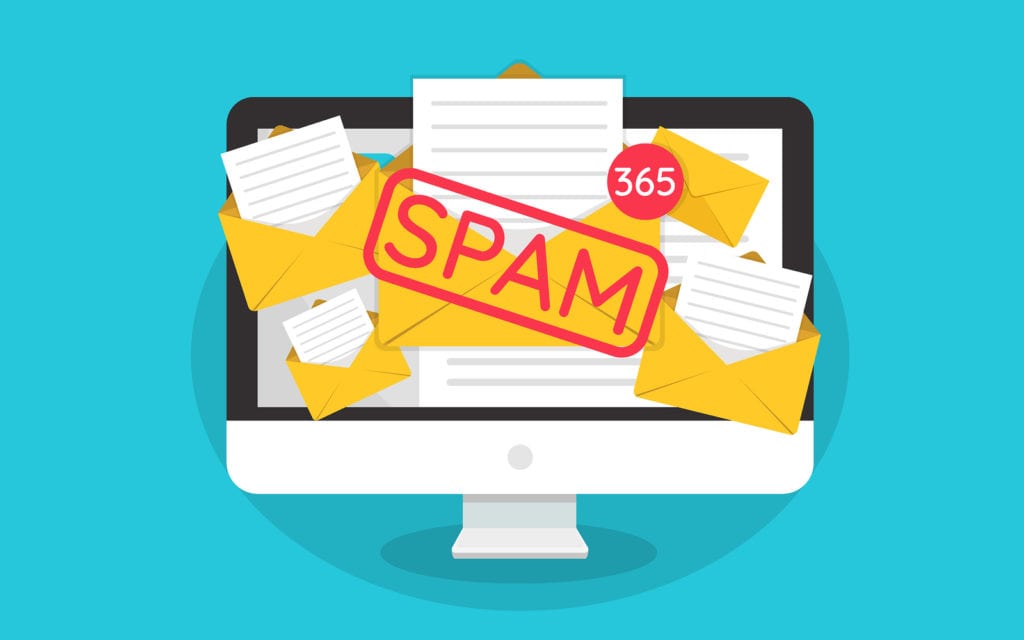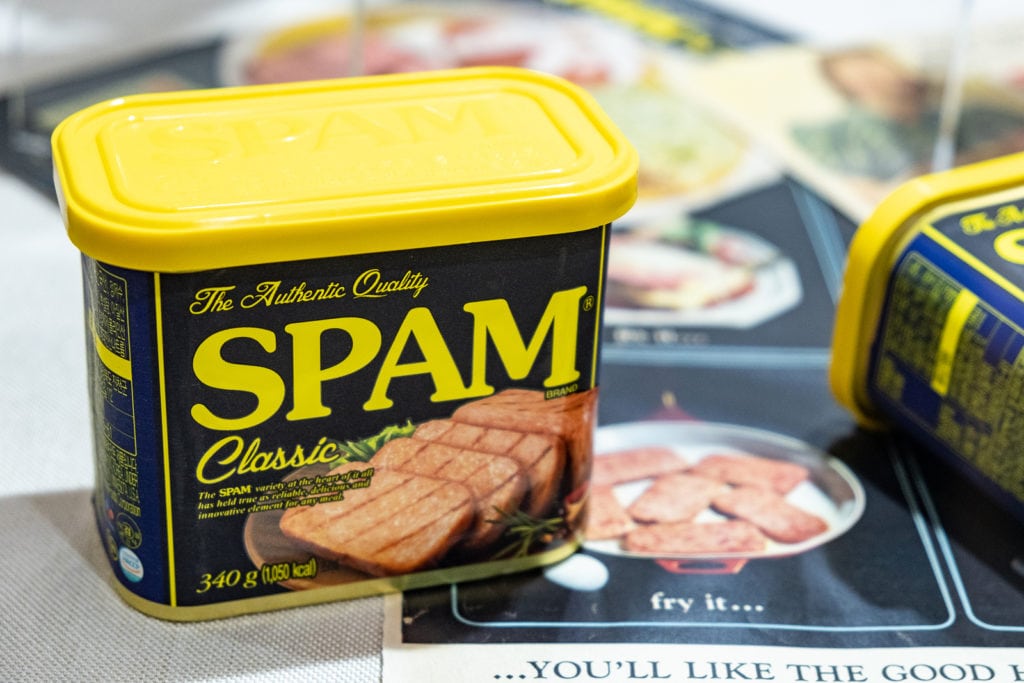One of the most frustrating problems that email marketers face is having emails wind up in a recipient’s spam folder. When an email is marked as spam, it greatly hinders your ability to connect with customers, as they likely won’t see the email.
So how do you ensure that your emails are not marked as spam? There are a variety of practices that you should — and need to — do in order to have your emails sent to inboxes rather than spam folders. These techniques not only build trust, but they also comply with laws across the world that prohibit sending spammy emails. In this post, we’ll look at ways to avoid the spam box and get your emails where they need to go.

What Is Spam?
First, let’s take a brief look at what spam is. Spam is any email that is unsolicited and sent in bulk to a list of people. They key word there is unsolicited, meaning that you must receive explicit permission from the recipient to send them emails.
The United States government requires that commercial emails can only be sent after a person or organization receives affirmative consent, which they describe as “the recipient expressly consented to receive the message, either in response to a clear and conspicuous request for such consent or at the recipient’s own initiative…”
If you don’t receive permission to send an email, don’t think that you can still send the email without any repercussions. The penalties can be quite severe due to various laws across the world that outlaw the sending of spam.
The CAN-SPAM Act Of 2003
In 2003, sending spam was outlawed in the U.S. with the signing of the CAN-SPAM Act of 2003, a law designed to protect email users from spam. It was drafted with the intent to keep email efficient and convenient, as Congress believed that spam was both harmful to email users and internet service providers.
“The convenience and efficiency of electronic mail are threatened by the extremely rapid growth in the volume of unsolicited commercial electronic mail,” the act reads. “The growth in unsolicited commercial electronic mail imposes significant monetary costs on providers of Internet access services, businesses, and educational and nonprofit institutions that carry and receive such mail, as there is a finite volume of mail that such providers, businesses, and institutions can handle without further investment in infrastructure.”
This law set a number of protections for email users, as well. The CAN-SPAM Act:
- Prohibits false or misleading transmission information
- Prohibits deceptive subject line headings
- Requires senders to include a return address or other mechanism where users can opt-out of emails
- Prohibits sending additional emails after a user opts-out of emails
- Requires that senders include an identifier, opt-out mechanism and physical address in commercial emails
If you violate any of these policies and send a spam email, the penalties can be enormous. According to the U.S. Federal Trade Commission, every separate email in violation of the law can reap up to $41,484 in penalties, making it extremely important that you follow the law not just for the sake of your email, but for your own financial well-being.
Put simply, the CAN-SPAM Act of 2003 provides a framework that individuals and businesses must work within to remain lawful and prevent their emails from being sent as spam.
8 Ways To Keep Emails Out Of The Spam Folder
There are numerous ways to reduce the risk of your email ending up as spam. Ranging from not being misleading with your subject line to cleaning out your email list, there are many different tactics to reduce the risk of your email being classified as spam.
- Get Clear Permission To Email – This one is pretty simple. If you don’t have permission, you’re spamming someone. Only send emails to people who have given you affirmative consent or you will risk being classified as spam, with the associated penalties.
- Build Your Own Email List – This is related to getting clear permission. If you buy email lists, you still don’t have permission from those on the list. Plus, these likely aren’t good quality emails anyway and will have low engagement metrics. Build your own email lists to acquire subscribers with whom you have consent to email.
- Clean Up Your Email List Regularly – Instead of unsubscribing, some recipients will ignore your emails instead. This can hurt your status in inboxes, as low recipient engagement rates with your emails make them more likely to be sent to the spam folder. Take recipients who don’t engage off of your list for best results.
- Don’t Be Misleading – The CAN-SPAM Act makes it pretty clear: if you’re misleading in subject lines, you’re soliciting spam. Email providers will recognize you as such, hurting your efforts to stay in the inbox and out of the spam folder. Be truthful and accurate about what’s in your email.
- Be Clear About Who You Are – If you try and mislead recipients about who you are or simply don’t include identifying information in your email, you’re more likely to be marked as spam. Include who you are and a reply email address to avoid the spam box.
- Give Subscribers A Place To Unsubscribe – If you don’t give recipients a place to unsubscribe, you’re not in compliance with the CAN-SPAM Act and will be considered spam even if you weren’t trying to intentionally deter recipients from unsubscribing. Be sure to have a component and straightforward process for unsubscribing.
- Provide A Physical Address – This one is super easy. Just make sure you have your location, whether it be a physical address or a P.O. box, at the bottom of your email. Once you do, you’re one stay closer to steering clear of the spam folder.
- Don’t Use Spammy Words -Certain words can trigger spam filters. These include incentive offers, references to money and attempts to establish your business or product as “the best.”
Don't Settle For Spam
Spam filters and legal requirements can increase the difficulty of email marketing, which is why we specialize in helping businesses with their email marketing efforts. Want help navigating the complex waters of email marketing? Click the button below for a free consultation with Strunk Media Group!

